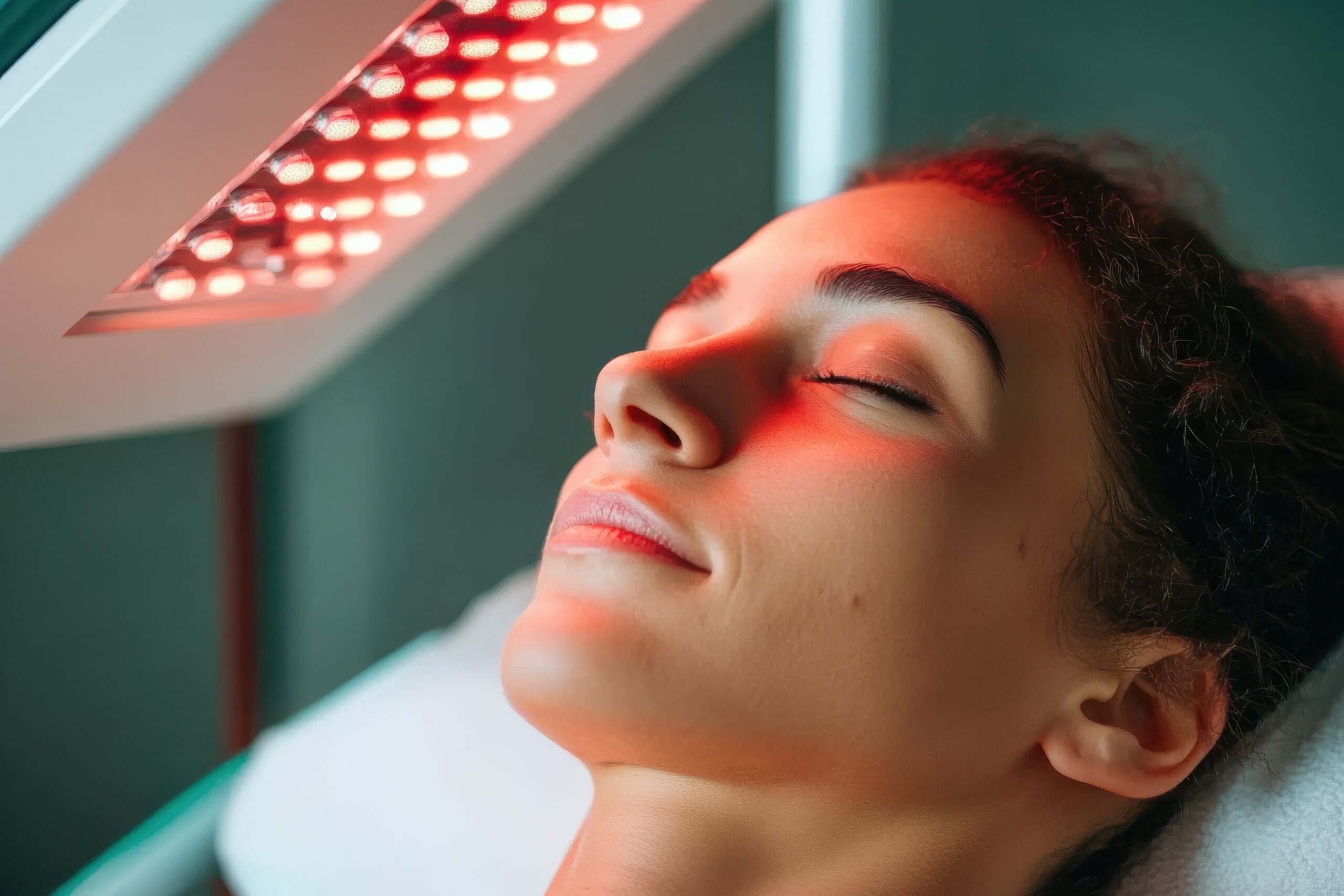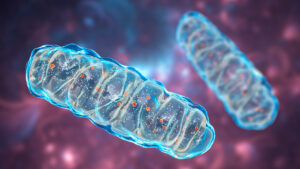Red Light Therapy – Luxury or Necessity?
Pick up any health magazine today, and you’re likely to find an article about the benefits of red-light therapy. The use of light for healing isn’t new—sunlight therapy dates back hundreds of years, treating everything from mental disorders to infections and stubborn wounds.
If we spent hours in sunlight daily, as our ancestors did, red light therapy wouldn’t be necessary. However, our modern lifestyle limits sun exposure, leading to a deficiency in red and near-infrared (NIR) light—an essential nutrient for cellular health.
So, what makes light so powerful in promoting health?
Sunlight provides five bioactive light energies that impact the human body:
- Blue light helps regulate circadian rhythms.
- UV light enables the production of vitamin D3.
- Far-infrared light generates heat, stimulating cellular function and circulation.
- Red light enhances mitochondrial activity, boosting cellular energy (ATP).
- Near-infrared (NIR) light works similarly to red light, supporting mitochondrial function.
Red Light Therapy Combines Both Red and Near-Infared Light
Red light therapy, such as that offered by OsteoStrong, combines both red and near-infrared light to stimulate mitochondria through photobiomodulation (PBM), also known as Low-Level Light Therapy (LLLT).
To understand why this therapy is so effective, we need to look at the mitochondria—our cells’ powerhouses. Mitochondria generate most of the body’s ATP, the energy that drives nearly every biological process. When mitochondria function poorly, it can contribute to chronic disease, accelerated aging, and reduced physical and cognitive performance.
From this, we can conclude two key things:
- Optimal health, healing, and longevity depend on well-functioning mitochondria.
- Low-Level Light Therapy supports mitochondrial health.
With this in mind, red-light therapy isn’t just a luxury—it’s a necessity for those seeking to enhance their health and well-being.
OsteoStrong Red Rock offers two versions of Red-Light Therapy
OsteoStrong Red Rock offers two versions of Red-Light Therapy, the mini panels (used on targeted areas of the body, often the face and neck) and Full Body Red Light Therapy. Both offer the most powerful ranges of bioactive light: red light ranges 610, 630 & 660 and NIR ranges 810, 830 & 850. OsteoStrong panels house more LEDs allowing for the same results in less time than competitor brands. Additionally, the OsteoStrong brand offers targeted therapies such as skin health, pain, or metabolism to name a few.
Common questions about LLLT – Red-Light Therapy
6” to 12” is ideal for deeper tissue effects. 12”, 18”, 24” and 36” are ideal for anti-aging effect. Within these ranges, the further from the light the more area will be covered.
This depends on many factors. Refer to page 145 of Red-Light Therapy – Ari Whitten for detailed explanation.
1x a week minimally. Optimally, 3 to 6 times per week. Daily for acute problems.
Much like a supplement or prescription drug, you can’t always know just based on your subjective feelings or casual observations if it is working. There are numerous scientific studies that prove efficacy. In essence, trust the science!
Examples: Pain relief can be immediate after a session; skin injuries such as cuts, observe your normal healing time, you will notice that with LLLT sessions you will heal faster; arthritis may respond in a few weeks to a few months; cellulite – take photos and compare in a few months; wrinkle reduction – take photos and compare in a few months. Remember for optimal results 3 to 6 times a week, so more seldom sessions will take longer to see results.
No. Tanning and burning come from UV rays. These devices do not emit UV light.
No. Our body synthesizes vitamin D from exposure to UVB light. These devices do not emit UV light.
Yes and No. If you were spending hours in the sun (like our ancestors did) you probably don’t need red/NIR therapy. Because we are not in the sun for hours on a daily basis and often clothed, we become deficient in the nutrient of red/NIR light.



